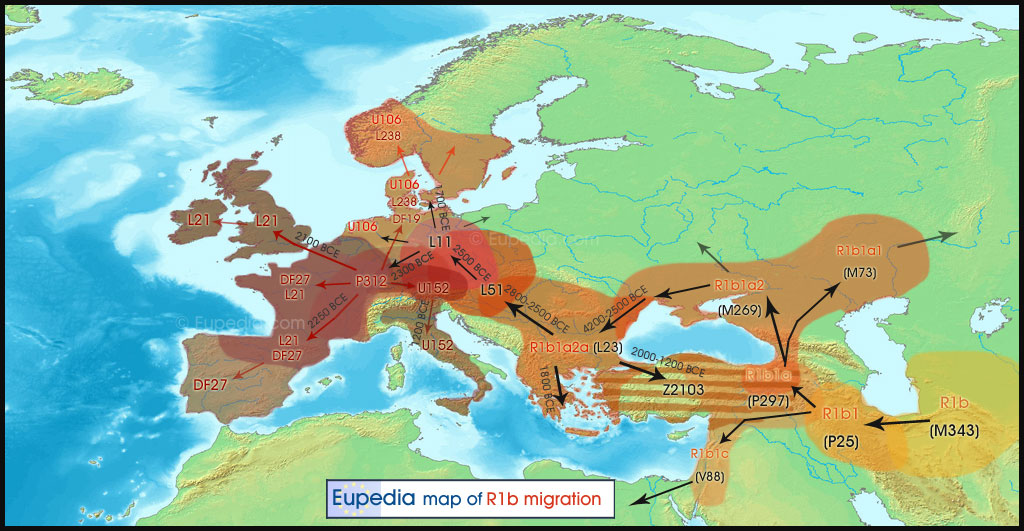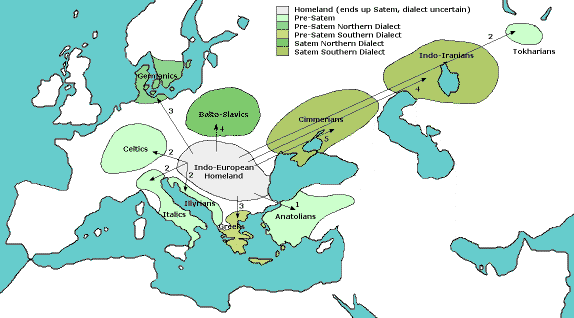LeBrok
Elite member
- Messages
- 10,261
- Reaction score
- 1,617
- Points
- 0
- Location
- Calgary
- Ethnic group
- Citizen of the world
- Y-DNA haplogroup
- R1b Z2109
- mtDNA haplogroup
- H1c
LeBrok
"Teal" component peaks in Caucasus and Hindukush, so it is similar to West Asian component. Davidski who introduced this term think they are farmers. http://eurogenes.blogspot.com.au/2015/04/the-teal-people-did-they-actually-exist.html
Maciamo thinks it is related to the G1 farmers.
The problem of Cucuteni is also linguistic. It can't explain Kartvelian connection. Or we must made the assumption that the Kartvelian is linked to Cucuteni farmers.
Also let's not forget about some important connections with Semitic even the Sumerian.
I am not saying that Cucuteni didn't play any role. But itcan't explain all farmer like influence IMHO.
Good point, it does suggest bigger influence of Mykop culture.
What if Cucuteni gave Yamnaya farming and language and Mykop metallurgy and other technology. Vu a la, Yamnaya bronze age package.







